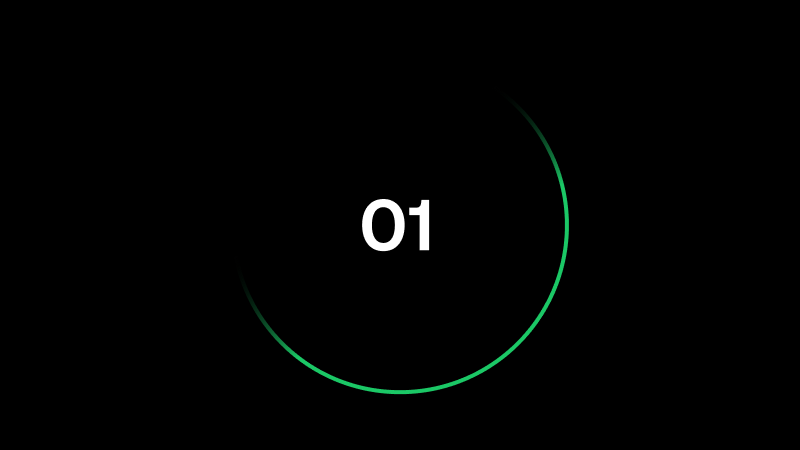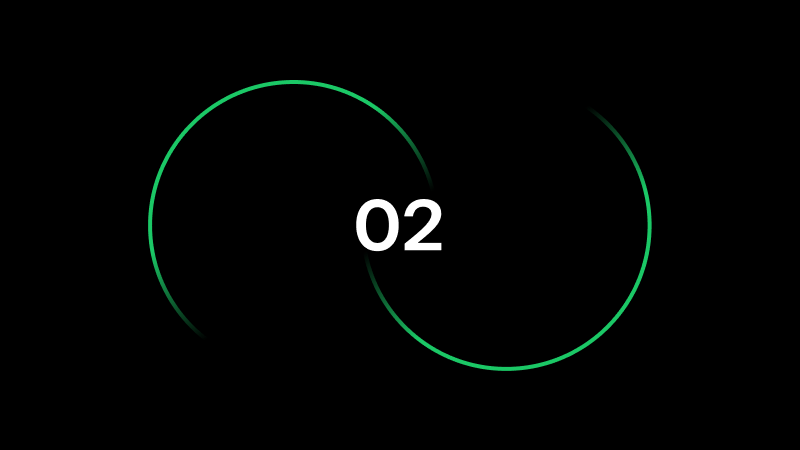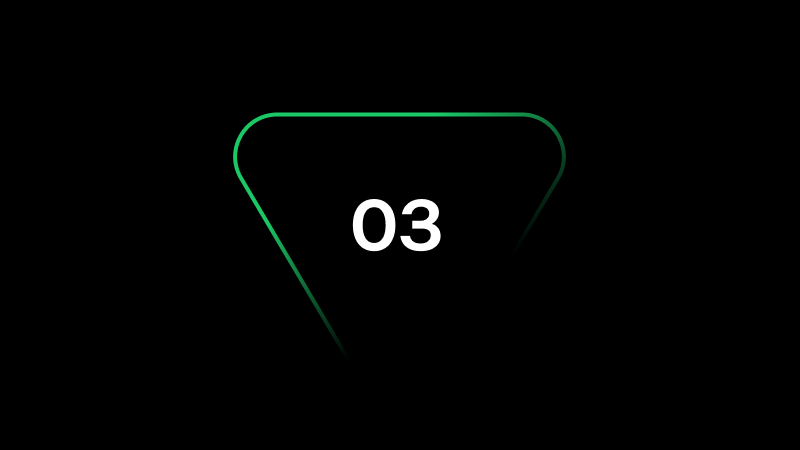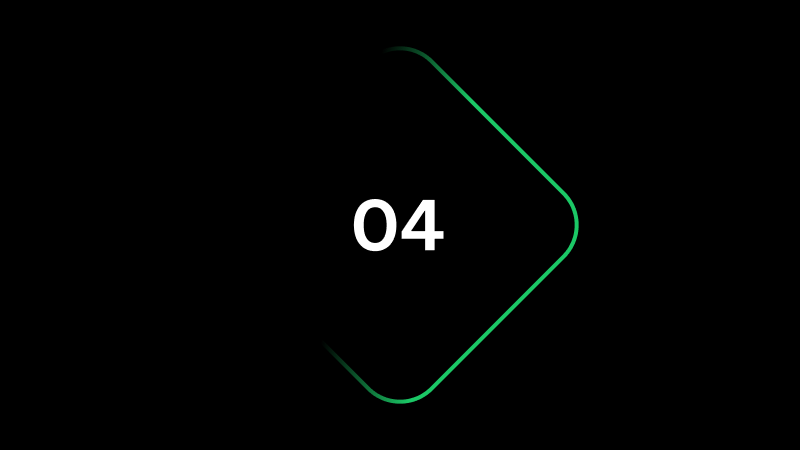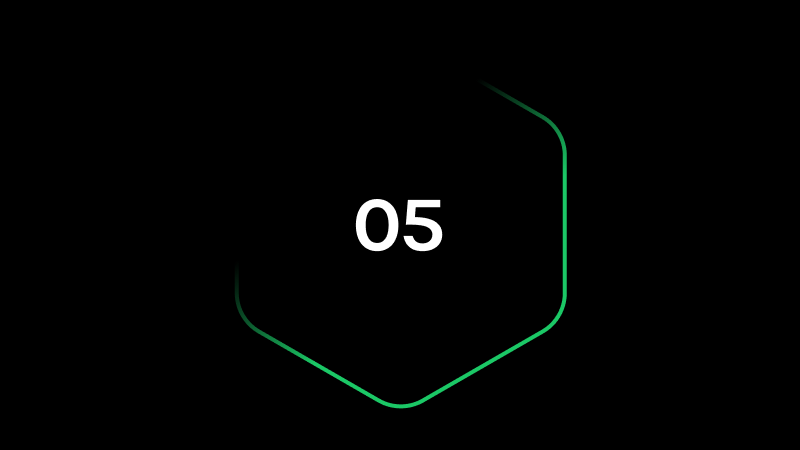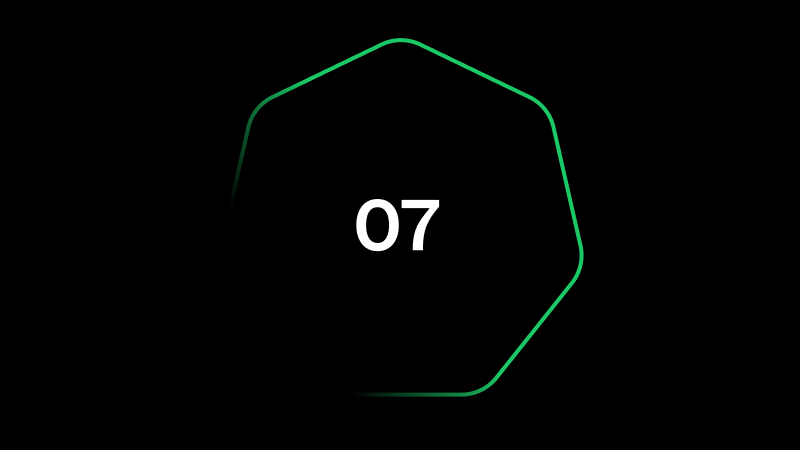01
App adoption
Key insights
Mobile apps are no longer just tools—they are essential societal infrastructure, integrating financial services, identity verification, and public utilities into daily life. In Denmark and Sweden, payment and ID apps lead in adoption, while in the Netherlands, WhatsApp stands out as a deeply embedded communication hub. This chapter explores app adoption across these markets, identifying the most commonly used apps and the factors driving their dominance. As digitalization accelerates, the future belongs to apps that seamlessly integrate innovation and accessibility, ensuring they remain intuitive, inclusive, and essential.
From convenient software to societal infrastructure
In Denmark and Sweden, the two most downloaded apps are remarkably similar. Swish (Sweden) and MobilePay (Denmark) facilitate peer-to-peer payments, while BankID (Sweden) and MitID (Denmark) serve as official identity verification tools. With adoption rates exceeding 90% among adults aged 18 to 70, these solutions are deeply embedded in everyday life. Their widespread adoption is a direct result of their essential functionality, seamlessly embedding identity verification and financial transactions into daily life. These digital products are not just valued for their utility—they are indispensable. Their absence would create major disruptions, reinforcing their role as foundational infrastructure rather than mere convenience.
In the Netherlands, equivalent apps such as DigiD for identity verification and Tikkie for payments are also among the most downloaded apps. While installation rates are slightly lower than in Denmark and Sweden, the shift is undeniable: essential societal functions are moving further into the digital realm, with high adoption rates underscoring their impact and necessity.
Top 20 most installed apps per country
Provided by framna
Provided by framna
From paperwork to pixels: The digitalization of daily life
This shift is particularly evident in Denmark, where public sector apps have become integral to daily life, simplifying and improving access to essential government services. Public sector apps represent the most installed category across demographics, with several ranking among the top 20 most downloaded apps. Key examples include Min Sundhed (“My Health”), Sundhedskortet (“The Health Card”), Min Læge (“My Doctor”), and Kørekortet (“Driver’s License”), each providing seamless digital access to critical government services and documentation.
In the Netherlands and Sweden, governmental digital services are less distinctly categorized, yet the digitalization of essential societal functions continues to expand. In Sweden, utility apps are widely adopted across generations, with services such as BankID (ID verification), Försäkringskassan (social insurance), Skatteverket (tax management), and SOS Alarm (emergency services) playing a crucial role. Similarly, in the Netherlands, apps like DigiD and Tikkie facilitate seamless transactions and societal interactions. These digital solutions serve comparable purposes, reinforcing the increasing role of apps as indispensable tools for managing everyday life.
Most installed categories per country
Provided by framna
Provided by framna
As public services become increasingly digital, smartphones are rapidly replacing traditional wallets. Cashless and cardless transactions are already the norm, and with the rise of digital identification, the physical wallet may soon disappear entirely. With the European Union’s Digital Decade strategy this shift may happen sooner than expected. The initiative aims to accelerate the digitalization of governmental functions, transforming local efforts into a global movement.
Key initiatives include the European Digital Identity Wallet, designed to securely store essential documents such as passports and ID cards, and the Digital Travel app, which simplifies travel within the Schengen area. These innovations indicate a future where digital solutions not only replace physical documents and processes but also make digitalization accessible to all EU citizens, improving efficiency both locally and across Europe.
More than messaging: WhatsApp as Dutch societal infrastructure
While the widespread adoption of social media apps is expected, WhatsApp’s install rate in the Netherlands sets a new benchmark, surpassing even essential services such as DigiD. With 97% of Dutch users actively using WhatsApp, the platform has evolved beyond a messaging app to become critical digital infrastructure. It serves as a universal communication tool and a prime example of the power of network effects—its value increases with every additional user. However, this dominance also raises concerns about exclusion, as those not on the platform risk missing out on both social and societal interactions, further reinforcing WhatsApp’s influence.
WhatsApp’s unique position in the Netherlands may be attributed to its dual role as both a personal and professional communication tool. WhatsApp Business has solidified its role as a vital connection between consumers and businesses, with Dutch companies and institutions relying on it for customer service, notifications, and internal communication. This deep integration highlights WhatsApp’s integral role in Dutch society, extending well beyond personal messaging to professional and institutional use—making it an indispensable tool. In contrast, communication habits in Denmark and Sweden are more fragmented, with Facebook Messenger remaining popular but often used alongside SMS, WhatsApp, and Instagram.
App adoption across genders
Many leading apps transcend gender differences, highlighting a universal reliance on essential digital tools such as messaging, navigation, and streaming services. However, a deeper analysis reveals distinct usage patterns that mirror broader differences in lifestyle, priorities, and daily routines.
Top 20 most installed apps by gender
Provided by framna
Provided by framna
Among women, particularly in Denmark, health and wellness apps see the highest adoption. Platforms such as Min Sundhed (“My Health”), Min Læge (“My Doctor”), Sundhedskortet (“The Health Card”), and Medicinkortet (“The Medical Card”) are especially popular. This trend highlights the essential role these apps play in facilitating seamless access to Denmark’s comprehensive healthcare system.
Social media, especially Instagram, is also widely used by women as a platform for news, connection, inspiration, and self-expression. This variation in app usage reflects differences in personal preferences and demonstrates how different groups leverage digital environments.
Men, on the other hand, more often use apps focused on productivity, technology, and work, such as LinkedIn, Google Drive, Outlook, Google Maps, and Google Home. This pattern is particularly notable in Sweden and the Netherlands, where these apps align well with tech-driven routines. In the entertainment category, YouTube is the most used app among men in all three countries.
The generational gap
App adoption varies significantly across generations, with distinct preferences and usage patterns shaping engagement across industries. Younger generations, unsurprisingly, lead in adoption, seamlessly integrating apps into nearly every aspect of daily life. As digital natives, they are the most active users across virtually all categories. In contrast, baby boomers show the lowest engagement, having grown up in an analog world with less reliance on digital tools. Their adoption rates are often influenced by established habits, specific technology preferences, or greater barriers to digital integration.
Most installed categories across generations
Provided by framna
Provided by framna
Despite these differences, a common pattern emerges—all generations actively engage with apps that meet fundamental needs such as banking, payments, and navigation. This highlights a broad baseline of digital proficiency and reinforces that app usage is not exclusive to younger demographics. To effectively serve a diverse population, digital products must prioritize inclusivity and accessibility, ensuring seamless usability across all age groups.
As the digitalization of essential societal functions accelerates, the demand for user-friendly, universally accessible solutions will only grow. Upcoming legislation, such as the European Accessibility Act, underscores this shift by mandating digital accessibility not only for individuals with disabilities but for people of all ages. This forward-thinking approach emphasizes the need for inclusive, intuitive design that bridges generational divides and supports a digitally connected society.
From friend requests to FYP
The generational divide in app adoption is particularly evident in social media, where few areas exhibit a pronounced gap between age groups. While some platforms, such as Facebook, maintain broad demographic appeal, the overall landscape reveals a stark contrast in adoption patterns.
Younger generations gravitate toward platforms such as Instagram, Snapchat, and TikTok, which thrive on visually rich, dynamic content like photos and videos. Beyond entertainment, they function as search engines and real-time news aggregators, while also providing a space for users to cultivate digital identities and expand their influence.
In contrast, older generations prefer platforms that emphasize straightforward communication and familiarity. Facebook, Messenger, and WhatsApp dominate their preferences, reflecting a tendency to prioritize utility and connection within established networks. This divide highlights not just differences in app usage but also a broader divergence in how each generation approaches digital interaction and self-expression.
Social media app adoption across generations
Provided by framna
Provided by framna
Entertainment and news consumption
The divide between generations is also profound in the realms of entertainment and news consumption. In the news sector, older generations remain highly engaged, often keeping pace with—or even surpassing—the involvement of younger users. This likely reflects their deep-rooted habit of staying informed through traditional formats, a behavior that has seamlessly transitioned into the digital age.
Entertainment preferences, however, tell a different story. Older generations favor long-established media outlets such as DR in Denmark and SVT in Sweden, maintaining their connection to traditional channels. In stark contrast, Millennials and Gen Z gravitate toward modern streaming platforms like Netflix, YouTube, and other on-demand services, which provide highly personalized, dynamic content.
This shift underscores a generational divergence not only in platform choice but in the fundamental way entertainment and information are consumed—marking a transformation from tradition-bound habits to a demand for on-the-go, user-curated experiences.
Entertainment and news app adoption across generations
Provided by framna
Provided by framna
In general, the apps we choose to download strongly reflect our lifestyles, influenced by age, gender, and economic background. Older users tend to prefer utility apps, such as those for grocery shopping and news, and are more active in car and energy app categories, which are closely tied to economic stability and the daily operations of running a household. Conversely, younger generations rely more on mobility apps, particularly for navigating public transportation, reflecting their greater dependence on shared and public transit options.
The apps we open again and again
It is not just the apps people install that matter—those we actively engage with provide even deeper insights into user behavior. Understanding which apps are opened most frequently reveals patterns in habit formation, digital dependencies, and shifting priorities in users’ daily lives.
Usage frequency by category
Provided by framna
Provided by framna
Some apps have become deeply ingrained in everyday routines, seamlessly integrating into how people connect, stay informed, and manage tasks. Social media, news, and productivity apps are prime examples, often used daily or multiple times per day. These apps do more than serve a function—they shape user behavior, trigger habitual engagement, and compete for attention in an increasingly digital world. However, high usage frequency does not always equate to value. Some apps are designed for frequent interaction (e.g., messaging, entertainment), while others serve critical yet infrequent needs, such as health services, insurance platforms, or government apps. A medical or emergency service app may be used rarely, but its impact at the right moment can be far more significant than a high-frequency app designed for passive engagement.
